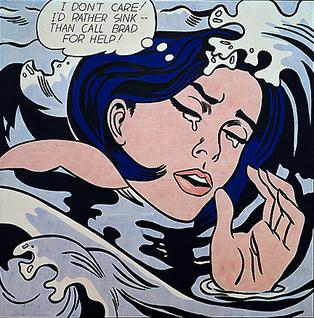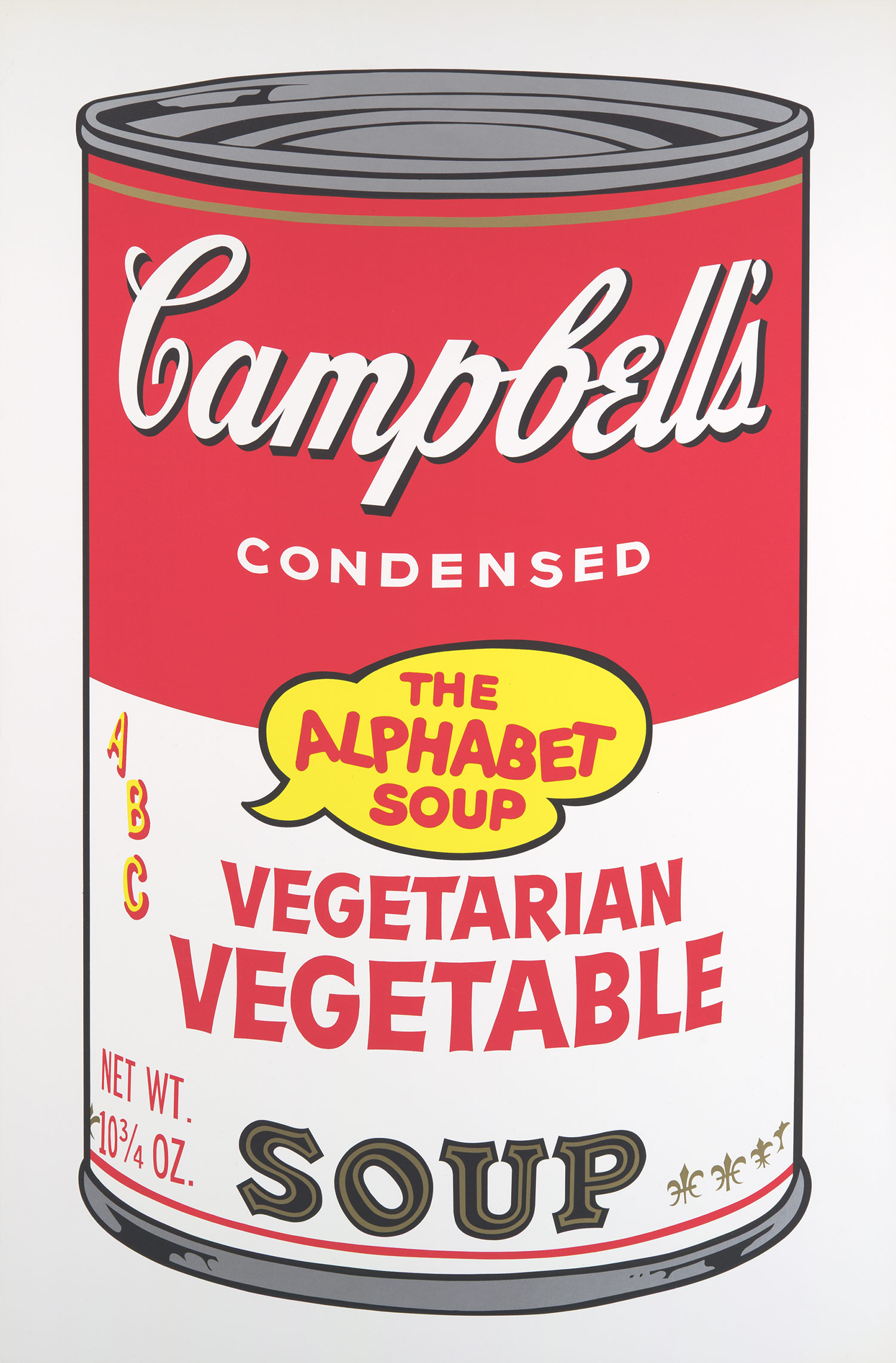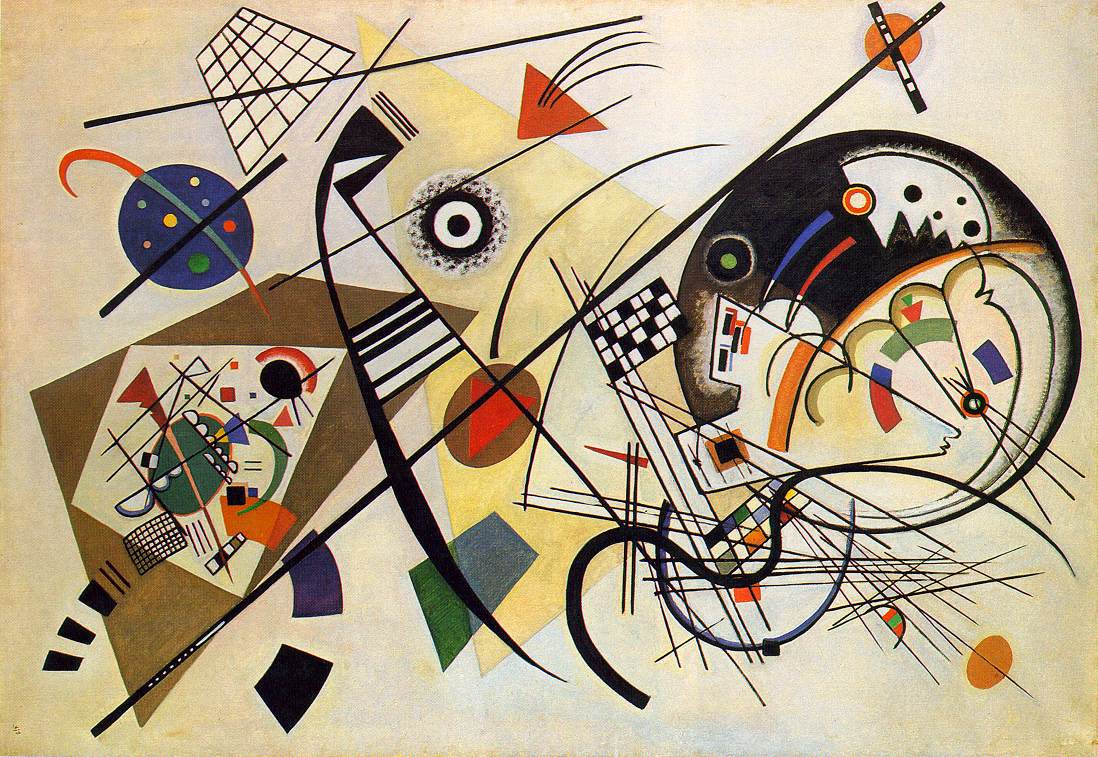British Pop art
The Independent Group (IG), founded in London in 1952, is regarded as the precursor to the pop art movement. They were a gathering of young painters, sculptors, architects, writers and critics who were challenging prevailing modernist approaches to culture as well as traditional views of Fine Art. The group discussions centered on popular culture implications from such elements as mass advertising, movies, product design, comic strips, science fiction and technology. At the first Independent Group meeting in 1952, co-founding member, artist and sculptor Eduardo Paolozzi presented a lecture using a series of collages titled Bunk! that he had assembled during his time in Paris between 1947–1949. This material of "found objects" such as, advertising, comic book characters, magazine covers and various mass-produced graphics that mostly represented American popular culture. One of the images in that presentation was Paolozzi's 1947 collage, I was a Rich Man's Plaything, which includes the first use of the word "pop″, appearing in a cloud of smoke emerging from a revolver. Following Paolozzi's seminal presentation in 1952, the IG focused primarily on the imagery of American popular culture, particularly mass advertising
American Pop art
Although Pop Art began in the late 1950s, Pop Art in America was given its greatest impetus during the 1960s. The term "Pop Art" was officially introduced in December 1962; the Occasion was a "Symposium on Pop Art" organized by the Museum of Modern Art. By this time, American advertising had adopted many elements and inflections of modern art and functioned at a very sophisticated level. Consequently, American artists had to search deeper for dramatic styles that would distance art from the well-designed and clever commercial materials. As the British viewed American popular culture imagery from a somewhat removed perspective, their views were often instilled with romantic, sentimental and humorous overtones. By contrast, American artists being bombarded daily with the diversity of mass-produced imagery, produced work that was generally more bold and aggressive.



When researching I didn't learn much, I mainly focused on the gaming side of the 1950's.
I actually learned quite a lot from looking at a video, I learned all about the history of gaming going through 1958 to 2004, I found out that the first ever real game was not 'Pong' as most people think but it was actually a game called 'Tennis for two' which was a two-dimensional, side view of a tennis court on the oscilloscope screen, which used a cathode-ray tube similar to a black and white television tube. The ball, a brightly lit, moving dot, left trails as it bounced to alternating sides of the net. Players served and volleyed using controllers with buttons and rotating dials to control the angle of an invisible tennis racquet’s swing.
Tennis for Two was first introduced on October 18, 1958, at one of the Lab’s annual visitors’ days.
Pong was one of the earliest arcade game's and was what really started of the gaming industry.
I also learned that one of the people that worked with Atari actually went onto create the American franchise 'Chuck E Cheese'















































